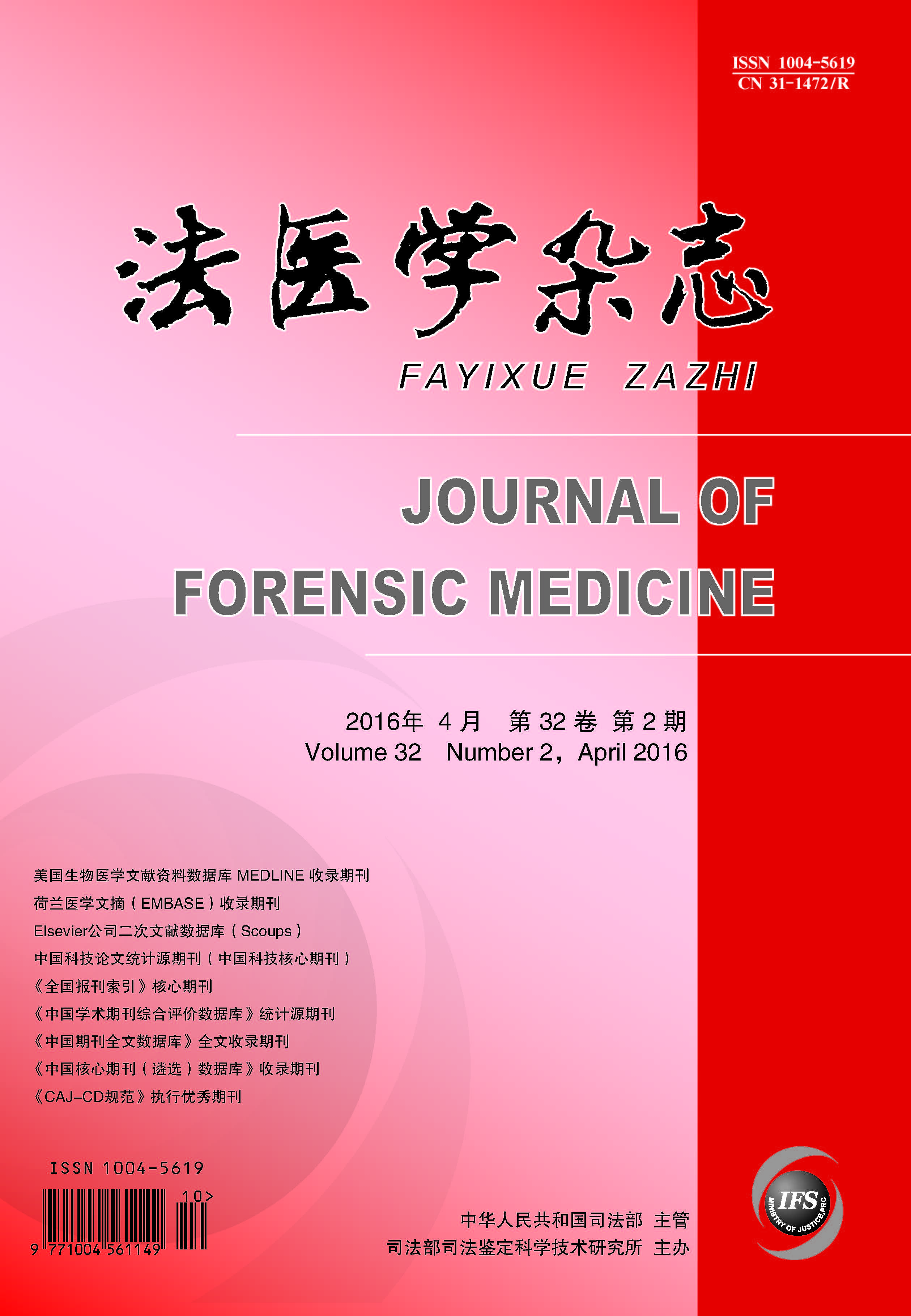|
|
Biomonitoring of 33 Elements in Blood and Urine Samples from Coastal Populations in Sanmen County of Zhejiang Province
ZHANG SU-JING, LUO RU-XIN, MA DONG, ET AL.
2016, 32(2):
114-118.
DOI: 10.3969/j.issn.1004-5619.2016.02.009
Objective To determine the normal reference values of 33 elements, Ag, Al, As, Au, B, Ba, Be, Ca, Cd, Co, Cr, Cs, Cu, Fe, Ga, Hg, Li, Mg, Mn, Mo, Ni, Pb, Rb, Sb, Se, Sr, Th, Ti, Tl, U, V, Zn and Zr, in the blood and urine samples from the general population in Sanmen County of Zhejiang province, a typical coastal area of eastern China. Methods The 33 elements in 272 blood and 300 urine samples were determined by inductively coupled plasma-mass spectrometry (ICP-MS). The normality test of data was conducted using SPSS 17.0 Statistics. The data was compared with other reports. Results The normal reference values of the 33 elements in the blood and urine samples from the general population in Sanmen County were obtained, which of some elements were found to be similar with other reports, such as Co, Cu, Mn and Sr, while As, Cd, Hg and Pb were generally found to be higher than those previously reported. There was a wide variation between the reports from different countries in blood Ba. Conclusion The normal reference values of the 33 elements in the blood and urine samples from the general population in Sanmen County are established, and successfully applied to two poisoning cases.
Related Articles |
Metrics
|


